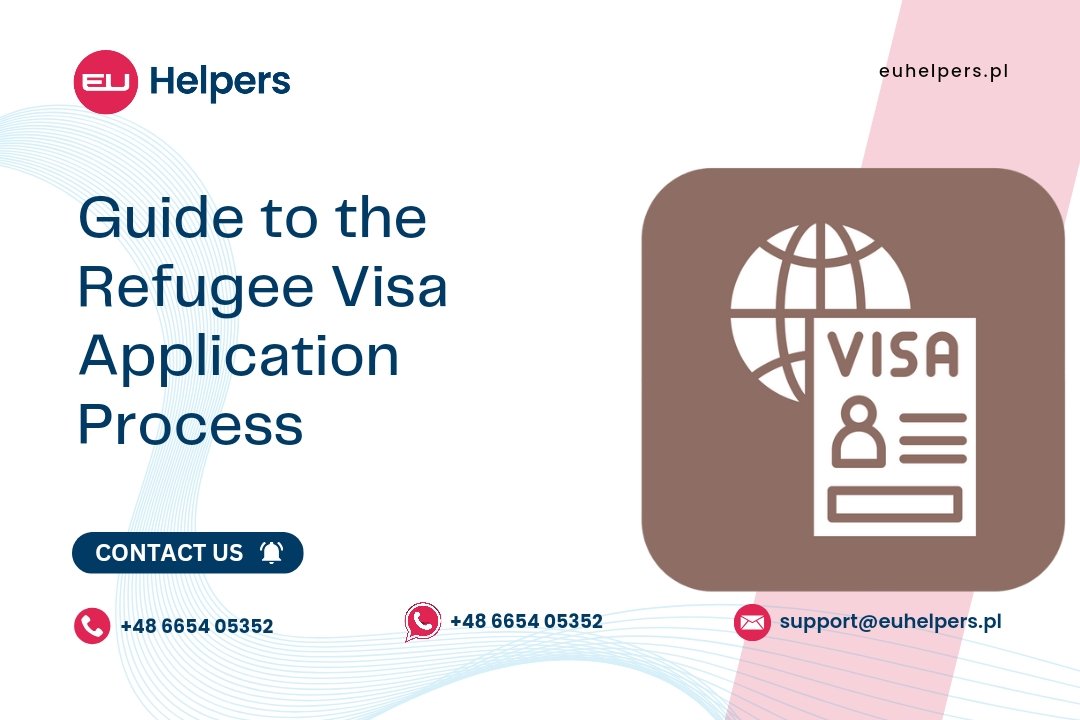To apply for a refugee visa, you must complete two crucial steps:
1. Apply for refugee status.
2. Fill out the necessary application forms.
Step 1: Apply for Refugee Status
First, you must formally request refugee status. This request can be submitted to a United Nations High Commissioner for Refugees (UNHCR) office or a foreign government. The next step is undergoing a Refugee Status Determination (RSD) process, conducted by either the UNHCR or the host country, based on international, regional, or national laws. This process will determine whether you qualify for refugee status.
Step 2: Fill Out the Application Forms
If you are granted refugee status, you will be referred to a country that can host you and provide a refugee visa. The host country will assist you with the application process. Your responsibility is to fill out the necessary application forms. Once your visa application is processed and approved, you can reside in the new country as a refugee.
Important Note: To apply for a refugee visa in any country, you must be referred to that country with valid refugee status by one of the following organizations:
- The United Nations High Commissioner for Refugees (UNHCR)
- A designated non-governmental organization (NGO)
- An embassy or consulate of your host country
What If You Don’t Have Refugee Status?
If you do not have refugee status, you cannot apply for a refugee visa. However, you can seek asylum by entering a country and applying at their port of entry. An official government institution will then consider your case. Additionally, some countries, such as Australia, offer other humanitarian visas for individuals with a well-founded fear of persecution if they return to their home country.
Documents Required for a Refugee Visa Application
To apply for a refugee visa, you need to prepare the following documents:
1. Application Forms: Once your refugee status is verified, you will need to complete the application forms provided by your caseworker. Ensure that you provide accurate and honest details.
2. Passport: You must submit your passport or any other identification documents issued by your home country if available.
3. Refugee Certificate: You need to prove that you qualify for a protection visa by providing your refugee identification, which can be issued by the UNHCR or a foreign embassy.
4. Other Supporting Documents: Include any additional documents that can support your visa application. Your caseworker will inform you of any additional requirements specific to your situation.

